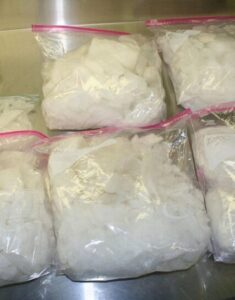MDMA Studies
mdma crystal form
mdma crystal form, MDMA (3,4-methylenedioxymethamphetamine) is a synthetic psychoactive drug. It’s most commonly known as “ecstasy” (in pill form) or “molly” (in supposedly crystalline or powder form).
The “crystal” refers to the drug in its solid crystalline salt form, usually MDMA hydrochloride (MDMA·HCl). When purified, it appears as clear to off-white crystals or shards. But in practice it’s often found as white, tan, or brownish powder because of impurities or cutting agents.
Since the 1980s, MDMA has been closely associated with electronic dance music (EDM), rave culture, and festivals. Its reputation as a “party drug” comes from its energizing and euphoric effects in social settings. However, as medical research grows, MDMA is also being reframed as a potential therapeutic tool rather than just a nightlife substance.

In recent years, clinical studies have investigated MDMA-assisted psychotherapy for post-traumatic stress disorder (PTSD). Results from Phase 3 trials suggest that, in combination with therapy, MDMA can significantly reduce PTSD symptoms. However, this medical use is strictly supervised and differs greatly from recreational consumption.
MDMA is most often found as pressed tablets, crystalline powder, or capsules. Pills are often colorful and stamped with logos, while “molly” refers to powder or crystal that is marketed as pure MDMA. However, both pills and powders are frequently mixed with other substances, which makes their strength and safety unpredictable.

